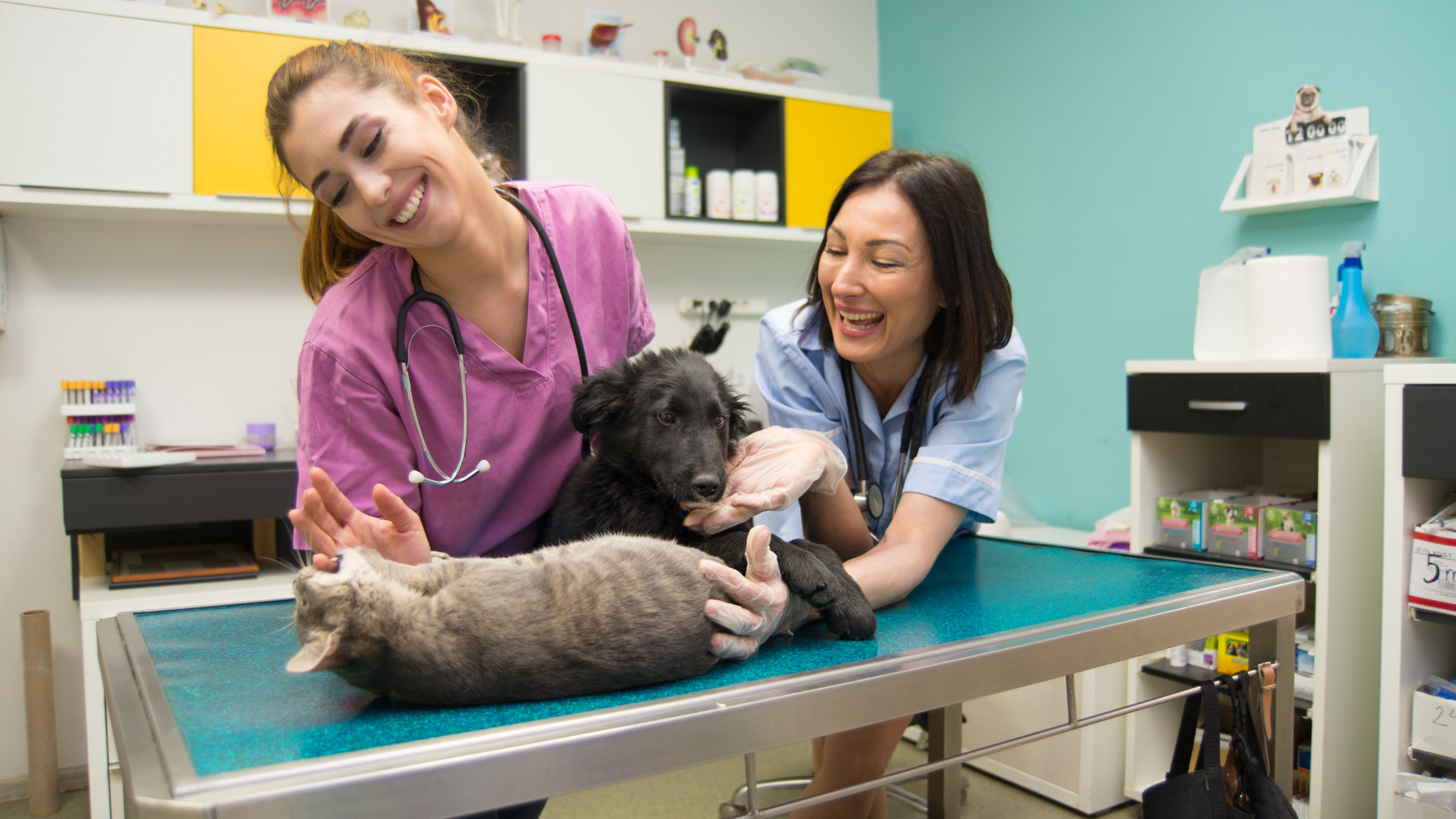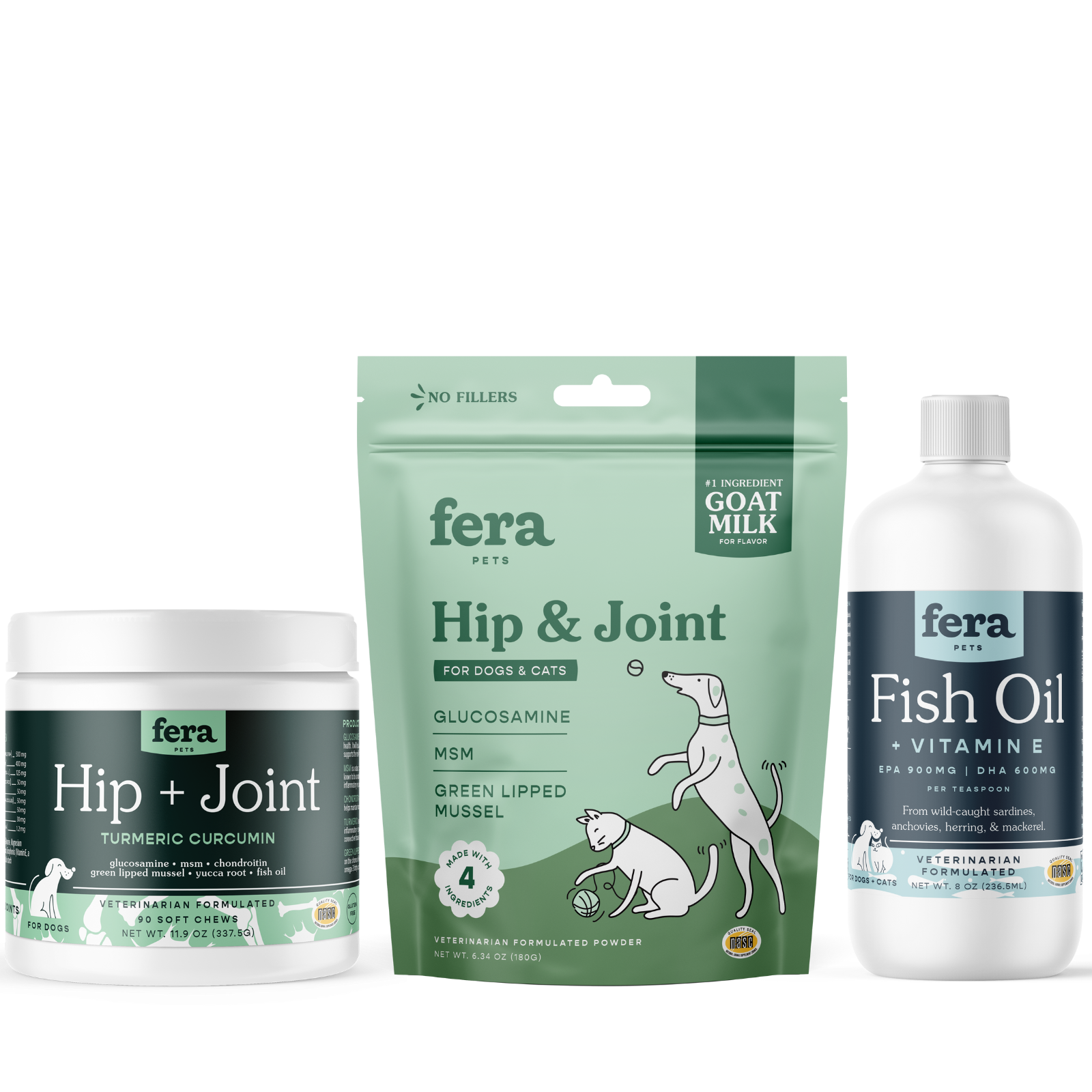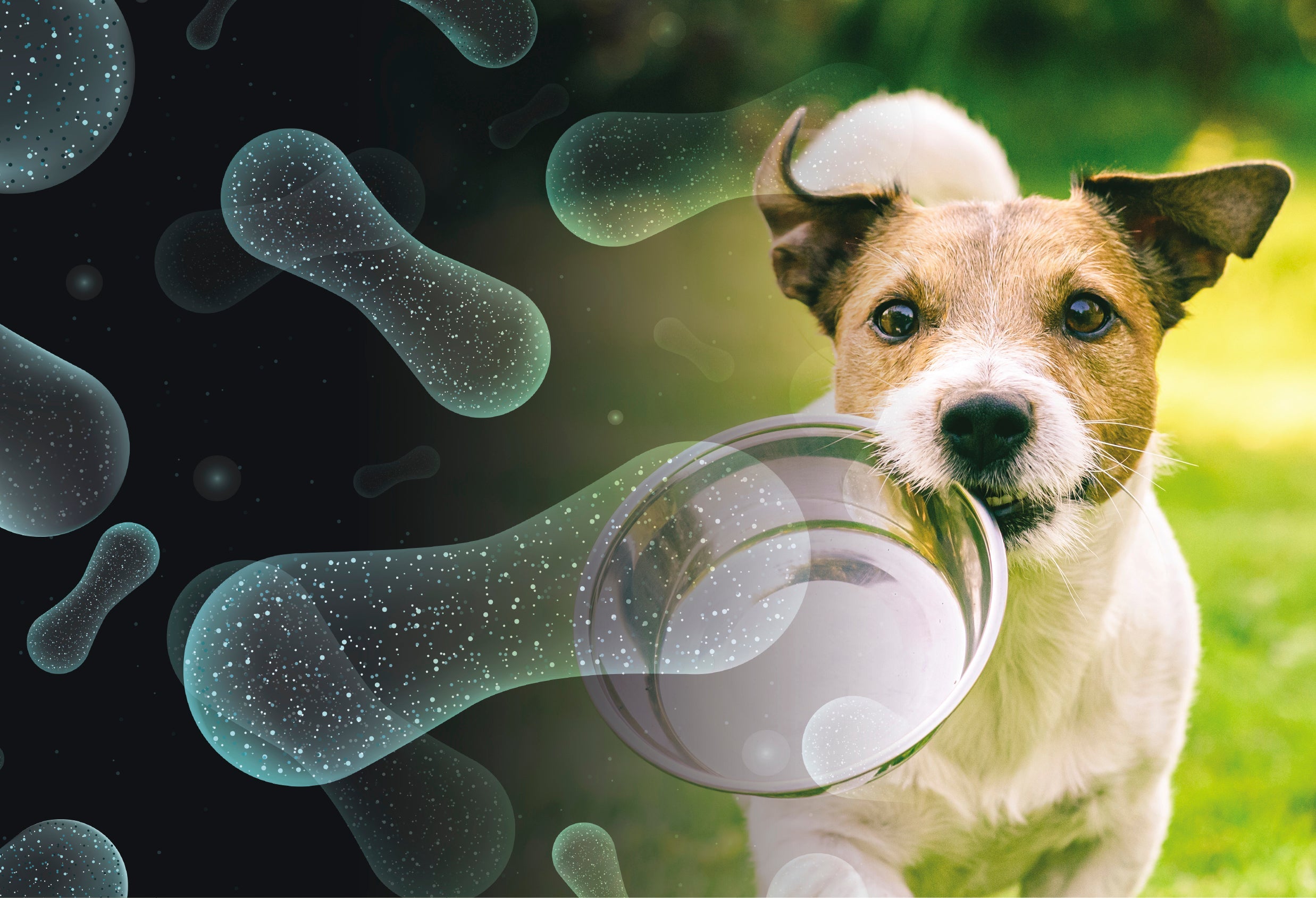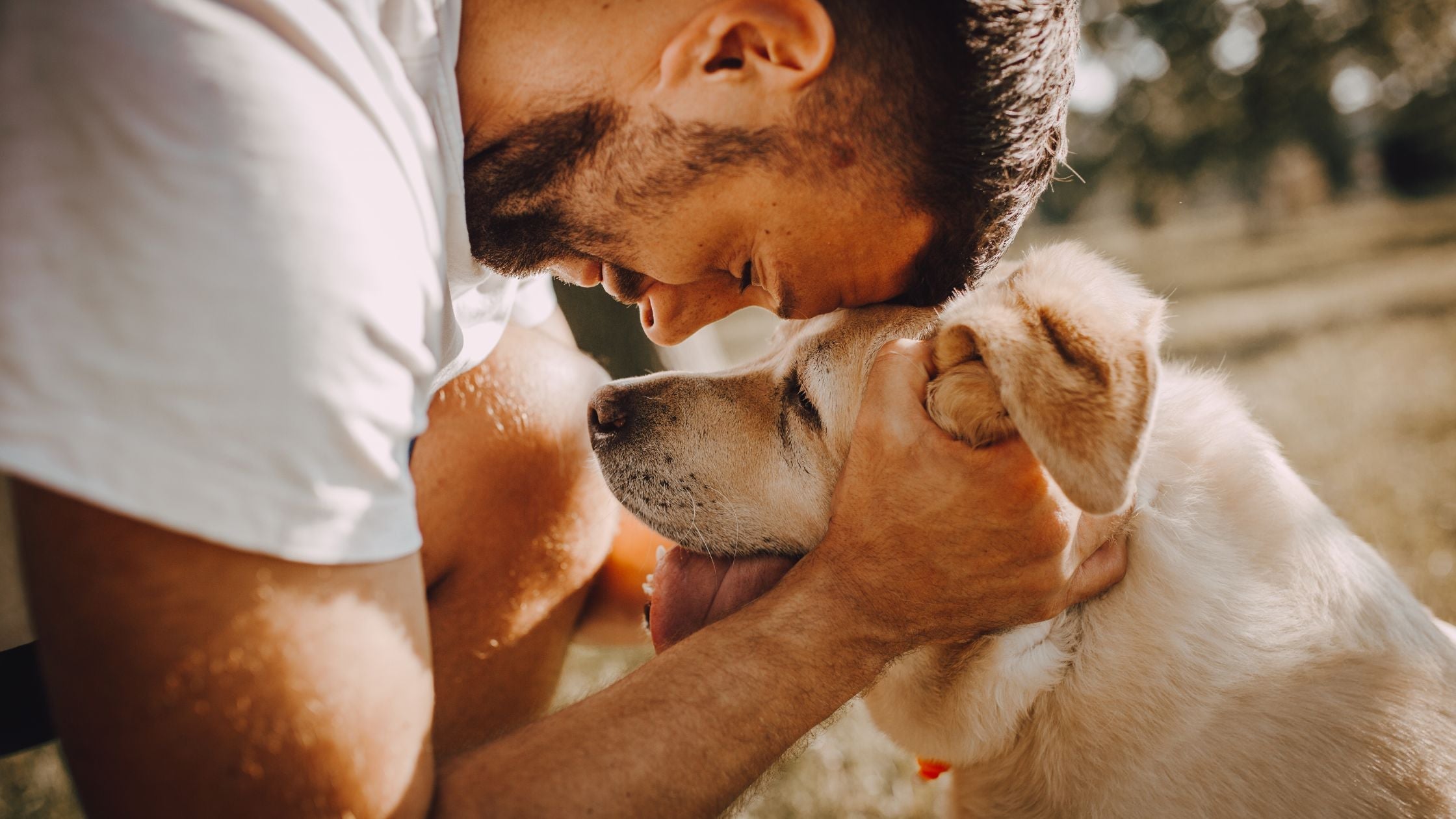Top Signs of Arthritis in Pets and How to Naturally Treat It
Witnessing your pet in pain from arthritis is heartbreaking. But take solace in the fact that there are natural remedies to alleviate their discomfort. By understanding the common symptoms such as reduced physical activity, limping, behavior changes, muscle atrophy, and grooming habits, you can intervene early and improve your pet's quality of life.
Arthritis is a condition in both people and animals in which the body’s joints become inflamed, swollen, and stiff. It’s common in both dogs and cats, especially as they age, but it causes severe discomfort that can have a negative effect on their quality of life.
It’s hard for pet parents to see their beloved companion in pain, but I’m happy to share that there are ways you can get them on the road to recovery without the use of pharmaceutical medications. Here are some of the most common symptoms of arthritis in pets, what causes it, and natural remedies to help prolong all of your activities and adventures together.

5 Signs of Arthritis in Pets
1. Reduced Physical Activity
Jumping, running, and playing are signs of a healthy and happy pet. If your once energetic pet has suddenly become more stationary or exasperated after very little activity, arthritis is a likely culprit.
2. Lameness and Limping
If your pet seems to be favoring a specific limb while moving, pay attention. As arthritis progresses, affected joints will become more difficult to move, making activities like jumping in and out of the car, walking around the block, or going up and down stairs more burdensome.
The best time to observe your pet for signs of lameness is right after they wake up since limping is often more noticeable immediately after a long rest.
3. Behavior Changes
Arthritis in pets can be painful, so it’s only understandable if it makes your furry friend a little more irritated than normal. Some dogs and cats struggling with arthritis can snap, become vocal when handled, or avoid interacting with their family and other pets altogether.
4. Muscle Atrophy
Inactivity caused by arthritis can snowball into another condition known as muscle atrophy. This happens when muscle mass is diminished in certain parts of the body, resulting in thinner and weaker muscles.
Muscle atrophy is commonly seen in the hind legs, hips, neck, and face.
5. Overgrooming or Undergrooming
It’s normal for pets to lick, chew, or bite areas of their body that are in pain. If left unchecked, this could cause severe hair loss or irritated skin in the affected area.
In some cases of arthritis in pets, self-grooming can be near impossible due to the pain. This makes keeping up with appearances difficult for your pet, so you may have to step in to help until they find some relief.
Keep in mind that excessive grooming is also a sign of pet allergies. I highly recommend scheduling an appointment with your veterinarian in these cases so they can help you determine the root cause.

Causes of Arthritis in Pets
Age is usually the top suspect when it comes to arthritis, but in truth, it’s far from the only contributing factor. Here are other risk factors that could result in arthritis rearing its head sometime during your pet’s life.
Genetics
Arthritis can certainly show up in your pet’s gene pool. There are dog and cat breeds that are more susceptible to joint issues than others. Some of these breeds include:
- Siamese (Cats)
- Maine Coon (Cats)
- Persian (Cats)
- Labrador Retriever (Dogs)
- German Shepherds (Dogs)
- Great Dane (Dogs)
- Rottweilers (Dogs)
Obesity
There are many health concerns attributed to pet obesity, arthritis being one of them. While there is no scientific evidence that obesity causes arthritis, it has been known to worsen existing symptoms in overweight pets.
Previous Injury or Trauma
Has your pet ever dislocated a limb, fractured a bone, or experienced any other kind of bodily injury? If so, they are at higher risk for developing arthritis later in life.
The Best Ways to Naturally Treat Arthritis in Pets
Acupuncture
As a veterinarian and pet acupuncturist, I can attest that acupuncture is one of the best natural treatments for your furry friend’s arthritis.
It will not cure your pet’s condition, but it does a fantastic job of relieving pain in specific areas of the body and improving overall mobility. You can also expect the procedure to release endorphins responsible for pain relief and improve blood flow.
Physical Therapy
Physical therapy is a great way to help your pet recover from the pain of arthritis and other injuries.
The types best suited to help pets with joint and mobility problems include:
- Treadmill therapy
- Underwater treadmill therapy (Hydrotherapy)
- Low-level laser therapy
- Therapeutic ultrasound
- Massage
Upgrade Nearly Every Aspect of Your Pet’s Health With Supplements You Can Trust
At Fera Pet Organics, we understand the importance of preventative and curative therapies, which is why our ingredients reflect that in every one of our natural pet supplements.
We’ve combined the best of Eastern and Western medicine to create better and cleaner supplements for both dogs and cats, and we’d love for you to join us on our journey toward better nutrition for our pets.
Be sure to subscribe to our newsletter so you don’t miss exclusive deals, news, product releases, and more.





